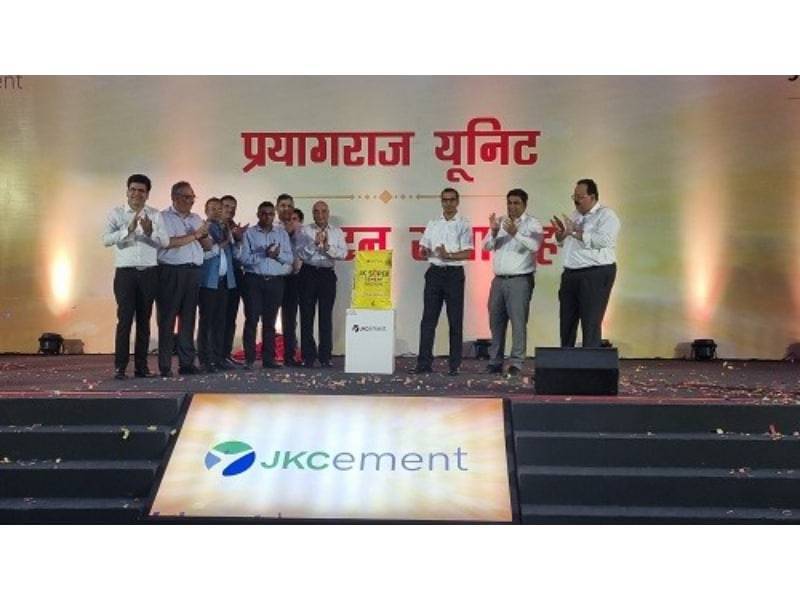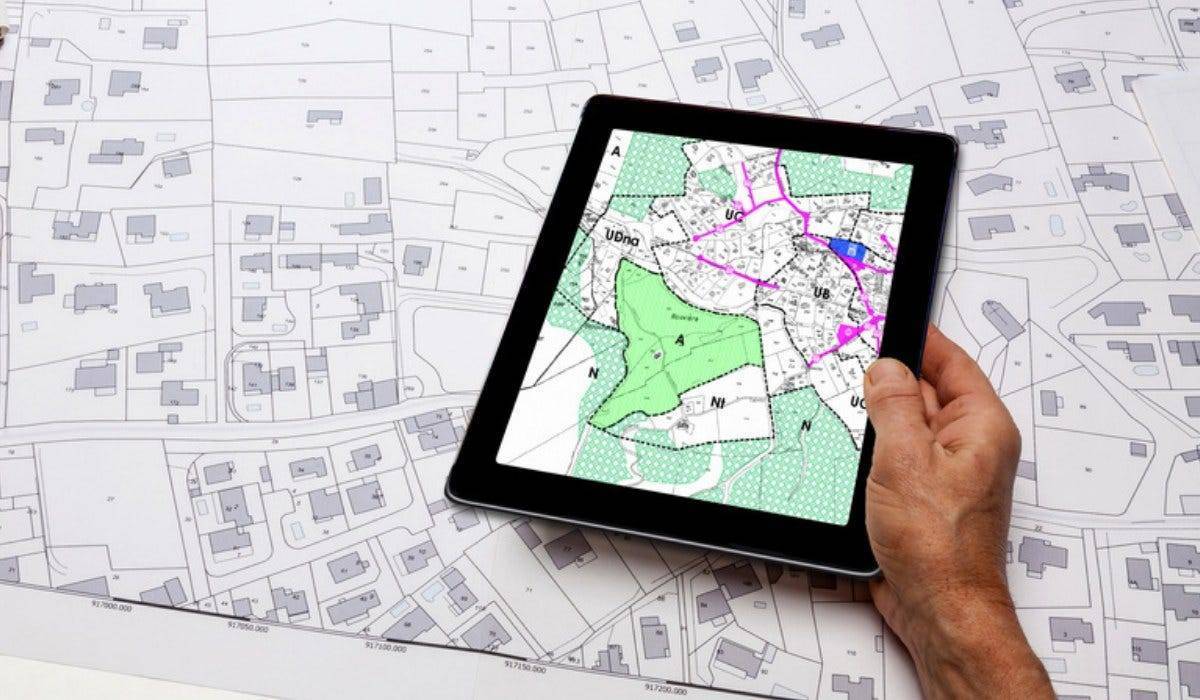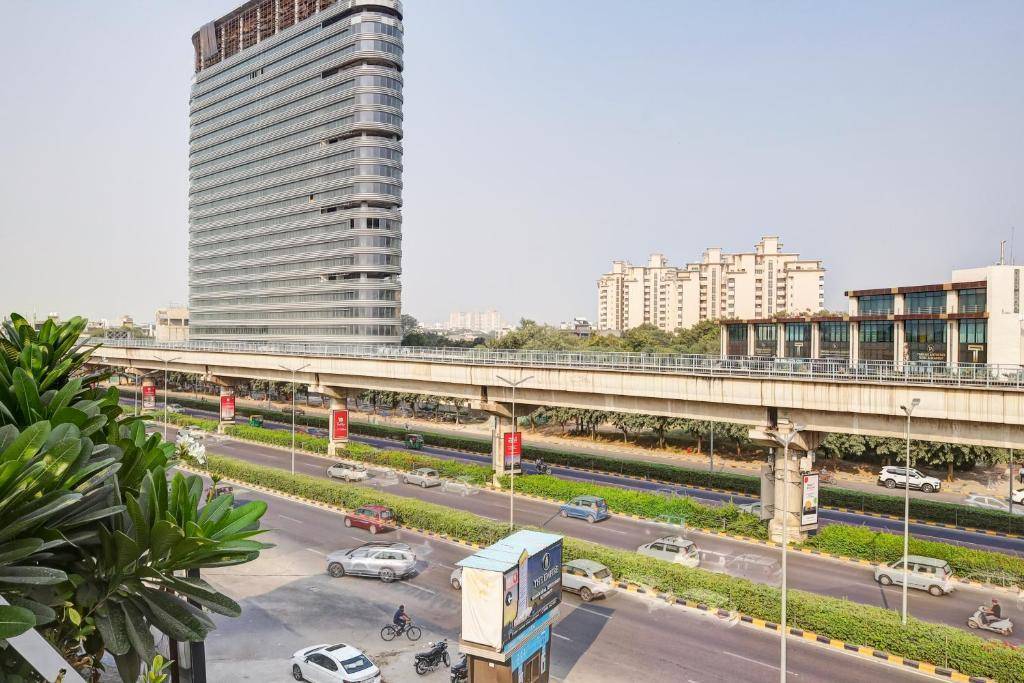In the last 18 months, India's real estate sector has witnessed a remarkable surge in Joint Development Agreements (JDAs), covering a total of 1,546 acres as per JLL Report. With a significant portion dedicated to residential projects, this trend underscores the collaborative efforts between developers and landowners to meet the growing housing demand.
Key Findings
1. Total Land Under JDAs: Over the past 18 months, 1,546 acres of land have been covered under 56 separate JDAs. Of this, 1,501 acres (97%) are earmarked for residential developments, with the remaining 45 acres allocated for commercial projects, primarily lease-based office spaces.
2. Development Potential: The residential projects under these JDAs have a development potential of 110 million square feet, with an estimated gross development value (GDV) of approximately ₹99,460 crore. This significant development potential highlights the scale and impact of these agreements on the real estate market.
City-Wise Analysis
Delhi NCR
Delhi NCR has been at the forefront, recording 20 JDAs covering approximately 233 acres. This region's agreements have the potential to develop 36.5 million square feet. Within Delhi NCR, Gurugram has been a hotspot, accounting for a significant portion of these deals. The city's strategic location and robust infrastructure make it an attractive destination for real estate development.
Key Developments
Prominent real estate players have signed multiple binding agreements in Gurugram, particularly along emerging corridors like the Dwarka Expressway and Southern Peripheral Road. These areas are expected to witness substantial infrastructure development, enhancing connectivity and livability. Other notable areas include the National Capital Territory (NCT) of Delhi, Ghaziabad, Faridabad, and Sonipat, each contributing to the region's overall growth.
Bengaluru
Bengaluru stands second with 9 deals covering over 102 acres, translating to a development potential of around 11 million square feet. The city's real estate market remains vibrant with multiple transactions recorded in Yelahanka, Whitefield, and Old Madras Road. These areas are known for their IT hubs and residential complexes, making them prime locations for development.
Key Developments
A notable large-sized transaction in North Bengaluru covered over 60 acres, highlighting the city's appeal to developers and investors alike. Bengaluru's real estate market benefits from its status as India's IT capital, attracting both domestic and international developers seeking to tap into its growing economy.
Mumbai
Mumbai witnessed 7 transactions spanning across 62.5 acres, with a development potential of 9.9 million square feet. The city's deals are concentrated in prime areas such as Andheri and Powai, known for their robust infrastructure and connectivity. Mumbai's high property prices and limited land availability make JDAs an attractive option for developers looking to maximize returns.
Key Developments
Mumbai's real estate market has been characterized by redevelopment projects, with several old buildings making way for new residential complexes. This trend has contributed to a surge in rental prices, though recent data suggests a cooling off in 2024. The city's dynamic real estate market continues to evolve, balancing new developments with the need for affordable housing.
Ahmedabad and Surat
Cities in Gujarat, specifically Ahmedabad and Surat, lead in terms of area transacted, collectively accounting for 66% of the total land under JDAs. Ahmedabad had three deals spanning 720 acres, while Surat recorded a single large deal of 300 acres. These transactions reflect the growing economic importance of Gujarat's urban centers.
Other Cities
Other cities such as Pune, Hyderabad, and Chennai have also seen notable JDA activity. While these cities may not lead in terms of the number of transactions or area, they represent important growth markets for real estate developers. The development potential in these cities highlights the expanding scope of JDAs beyond the major metropolitan areas.
Drivers Behind the Surge in JDAs
Several factors contribute to the increasing preference for JDAs:
1. Asset-Light Strategy: JDAs allow developers to adopt an asset-light approach, reducing the financial burden associated with outright land purchases. This strategy is particularly advantageous in high-cost urban areas where land acquisition can be prohibitively expensive.
2. Expansion into New Markets: For developers looking to enter new cities or micro-markets, JDAs provide an effective entry strategy. They enable developers to establish a presence in new regions without the significant capital investment required for land purchases.
3. Regulatory Ease: Joint development often simplifies the process of obtaining land approvals and meeting regulatory requirements. By partnering with landowners who are already familiar with local regulations, developers can expedite project timelines.
4. Mutual Benefits: Landowners benefit from the execution capabilities and brand value of established developers, while developers gain access to desirable locations. This collaboration maximizes the advantages for both parties, facilitating successful developments.
Residential Sector Dominates
The residential segment has been the primary focus of JDAs, driven by the increasing demand for housing. According to Samantak Das, Chief Economist and Head of Research and REIS, India, JLL, "The residential segment has been at the forefront in terms of land Joint Development Agreements signed over the past 18 months. Proposed residential developments have a significant share of more than 97% in these signed agreements."
The demand for housing has seen a steady rise, prompting developers to launch new projects. In 2023, the number of new housing units launched across the top seven cities of India grew by 19% compared to 2022. This growth reflects the ongoing urbanization and the increasing need for quality housing in major cities.
Implications for the Real Estate Market
1. Increased Housing Supply: The surge in JDAs is expected to increase the supply of housing units, potentially stabilizing property prices in the long run. An increased supply can help meet the growing demand for housing, making homes more affordable for buyers.
2. Boost to Infrastructure Development: The collaboration between developers and landowners can lead to enhanced infrastructure development, particularly in emerging corridors like Gurugram's Dwarka Expressway and Southern Peripheral Road. Improved infrastructure can attract further investments and spur economic growth in these areas.
3. Economic Growth: The large-scale developments under JDAs contribute to economic growth, generating employment opportunities and boosting related industries such as construction and retail. The ripple effect of these developments can stimulate broader economic activity.
Future Outlook
The trend of JDAs is expected to continue, driven by the mutual benefits they offer to developers and landowners. As Sandeep Reddy, co-founder of Zapkey.com, notes, "JDAs are poised to remain an attractive strategy, presenting a win-win solution for all stakeholders involved." This collaborative approach is likely to shape the future of real estate development in India, ensuring sustained growth and meeting the rising demand for housing.
Moreover, JDAs offer flexibility and adaptability, allowing developers to respond to market demands and regulatory changes efficiently. This adaptability is crucial in a dynamic real estate market where conditions can change rapidly.
Conclusion
The significant increase in Joint Development Agreements over the past 18 months highlights the evolving dynamics of India's real estate sector. With major cities like Delhi NCR, Bengaluru, and Mumbai leading the charge, JDAs offer a promising strategy for sustainable growth and development. As the market continues to adapt to changing demands, JDAs are set to play a crucial role in shaping the urban landscape and driving economic progress.
The collaborative nature of JDAs fosters innovation and efficiency, ensuring that new developments meet the needs of modern urban living. As India continues to urbanize, JDAs will likely remain a key component for addressing the housing shortage and promoting balanced regional development. This trend bodes well for the future of Indian real estate, promising growth, stability, and enhanced quality of life for residents.
Image source-ipleaders.in









.png)